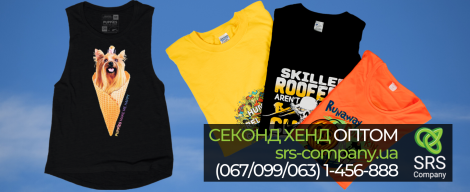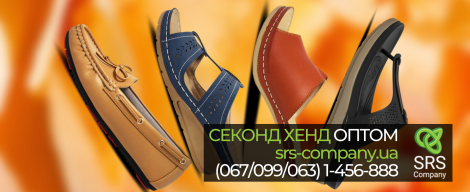 />
/>
The history of clothing originates in the distant past. Even ancient people, actively running after mammoths, did this virtually naked, covering themselves only some parts of the body. These were the leaves of plants, animal skins. Even then, ancient people realized that clothing is not only a means of sheltering the body from the cold, from the bites of insects, snakes and other animals, but also the aesthetic appearance of a person. They began to fantasize with animal skins, starting from loincloths. Then whole skins were attached to the shoulders and only then they began to tear off the necessary pieces of skins. Weaving herbs laid the foundation for weaving. Ties were made from the stems of plants. With the help of piercing guns, holes were drilled into the skins, into which stems of vines or herbs were fastened, and thus the clothes did not fall off while running or walking. A little later thin bones went into use - prototypes of needles, and hair was used instead of threads. Different pieces of skins were sewn together, forming increasingly complex pieces of clothing. Jewelery - gifts of wildlife - teeth, bones in the form of pendants, bracelets, went into use. In the clothes of primitive man, ties and even fasteners appeared. Later, people began to receive material for clothing from plants - flax, cotton, hemp and animal wool.
The history of the development of clothing from ancient times to the present day is a mirror in which the whole history of mankind is reflected. Each nation at different periods of its development leaves its mark, its own specific features on clothing. We can say that in this way a national costume arose.
In ancient times, in ancient Greece and in ancient Rome, linen was the main material for making clothes. Weaving was exclusively done by women. The finished fabric was bleached and stained. The Greeks loved bright colors, so their clothes were bright colorful, and also emphasized all the advantages of the figure.
In the Middle Ages, more and more complex cut details began to appear in clothes that carried functionality. Already at that time there were differences in clothing by class and the dress expressed the social status of the one who wore it. The most famous clothing items of that time: leather and bone elements of protective clothing, trousers windings. Long and short tunics worn one on one, long capes with short sleeves in the form of a pelerine. Pants: short, to the knees, long, attached by windings to the calves and tucked into leather stockings or shoes.
At the same time, raincoats of various cuts (with and without a hood), which were fastened with beautiful pins, began to gain popularity. Over the centuries, the cloak has undergone various changes. Cloaks were richly trimmed with furs: the more expensive the fabric - the higher the status of its owner. The raincoat was universal clothing: it warmed, protected from rain and wind, and kept the richly decorated main outfit.
It was the cloak that was customarily transferred for temporary use to the king's most devoted vassals. Such a man enjoyed royal protection, he was in a special position at the court and was considered the king's main confidant, “second hand”, which is translated from English and means second hand.
The history of the concept of second hand in the modern sense of the word has about a hundred years, it was at the beginning of the XX century in England. Over time, in prosperous European countries like France, Germany, Belgium, and Ireland, it has become customary to renew their wardrobe every year, and the decency and thrift of the Europeans did not allow to simply throw away high-quality and suitable things. And so the tradition of collecting unnecessary clothes for charitable purposes was born. Almost new items that have lost their relevance have been surrendered to numerous second-hand collectors. That is why so many high-quality items are found among second-hand clothes.
Over the years, the collection of second-hand goods has reached the industrial level. The demand for high-quality items among people who are not ready to pay big money for purchases in company stores gives rise to an offer for second-hand goods. And today, entire factories are working on the collection, processing and sorting of second hand goods. SRS Company is the largest direct supplier of second-hand wholesale to Ukraine.



